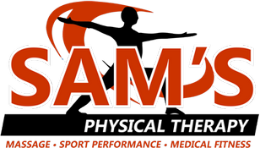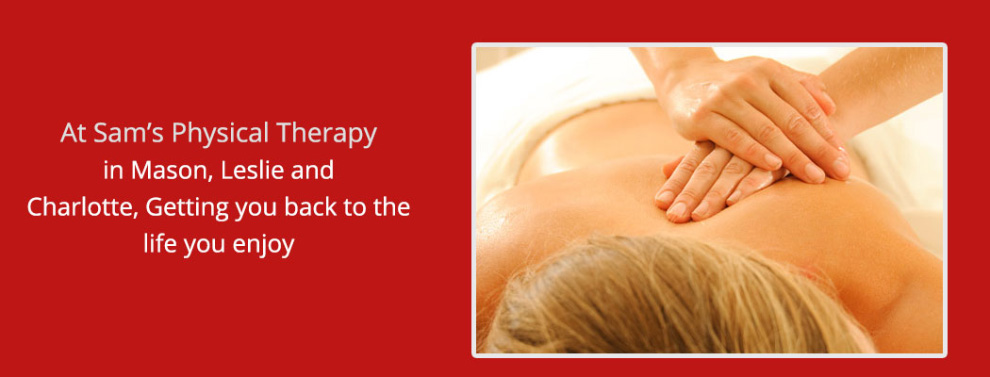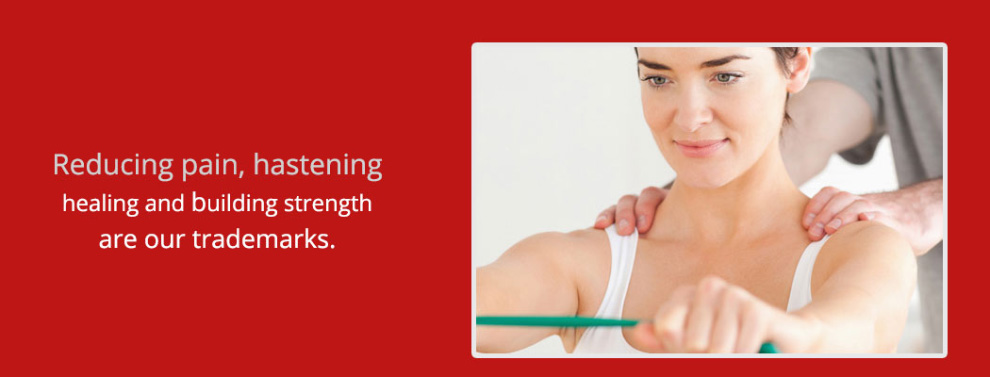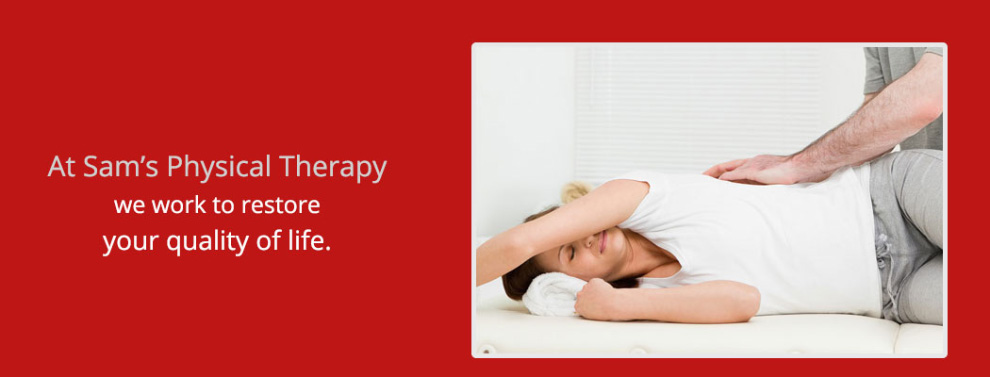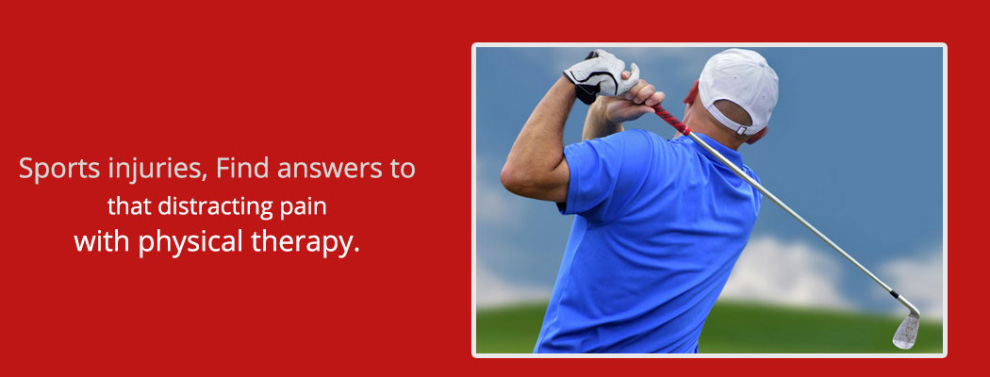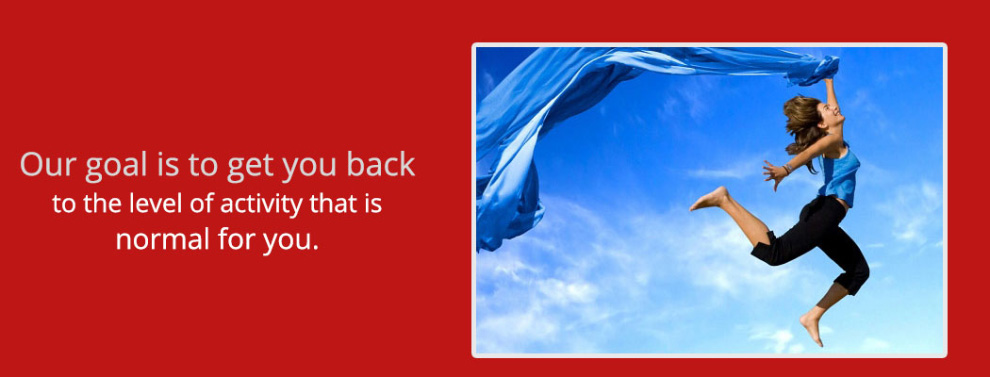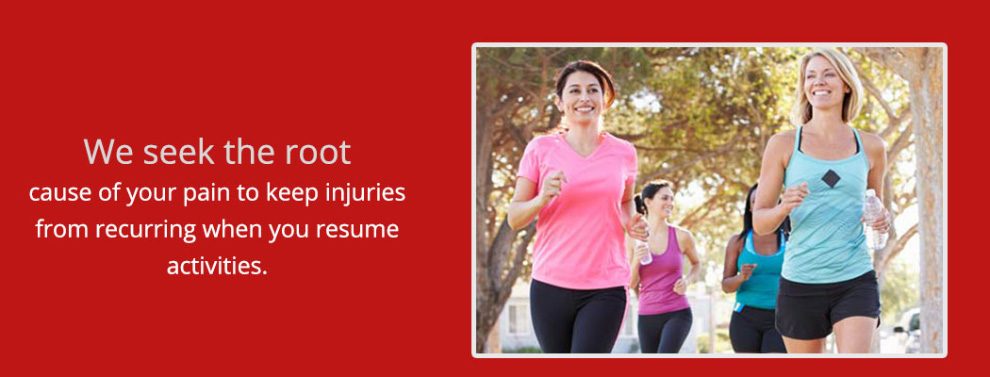Physical therapy in Leslie, Mason and Charlotte for Baseball
Imagine throwing a baseball so fast your elbow moves 2300 degrees per second. Now do that over and over and imagine the shear force placed on the medial (side closest to the body) structures of the elbow. For throwing athletes, microtrauma to the ulnar collateral ligament (UCL) from repetitive throwing causes pain, loss of throwing speed, decreased accuracy, and weakness. Ultimately, when the forces placed on the UCL are greater than its tensile strength, something's got to give. And that something is usually the ligament itself.
These injuries can be prevented with proper training and strengthening of the muscles around the elbow to help assist with the load and transfer some of the energy up the kinetic chain of the arm. But when injury occurs and surgery is the necessary treatment, then the athlete starts the long road to recovery with a special rehab program.
In this article, two well-known physical therapists outline the current standard of care in the rehabilitation of UCL reconstruction. Treatment goals, precautions, and strategies are presented week by week through various phases of rehab. Those phases include: immediate post-op, intermediate (weeks one through three), and advanced (weeks nine through 12). There's actually a fourth phase and that is the return-to activity, which takes place from week 13 through the first nine months post-op.
Programs vary slightly depending on the type of surgery done. Two orthopedic surgeons join the discussion by describing the two most commonly used reconstruction procedures. These include the figure of eight (also known as the modified Jobe procedure) and the docking procedure.
The basic method of either approach is to take a piece of tendon from another muscle (usually the palmaris longus or gracilis) and use it to replace the damaged ulnar collateral ligament. The main difference between the two procedures is the way in which the tendon graft is anchored to the elbow. In either operation, the surgeon assesses the damage and performs a few extra steps when needed, like shaving off any bone spurs or moving the ulnar nerve if it's rubbing against the bone.
Reconstructive surgery is meant to stabilize the elbow while rehab restores motion, strength, and function. But the rehab portion must go slowly and according to the load the healing tissue can handle. Studies on cadavers show that without the proper length of time needed for healing and without the necessary strength, the graft will fail with very low number of loads placed on the elbow. For example, a native (healthy, strong) UCL can withstand over 2500 pitches. The figure-of-eight graft gives out after only 300 cycles. And the docking procedure fails after 700 cycles.
Using tables, drawings, and photos, the authors show each exercise and outline number of repetitions, range-of-motion, and how to advance to the next level. The therapist must know which type of surgery was done in order to guide the patient through the safest and most effective rehab program. The main differences between the postop programs following a figure-of-eight versus modified Jobe procedure is in the timing of the motion allowed. Rehab can be a bit more aggressive after the modified Jobe reconstruction.
After either procedure, a posterior splint is used at first to hold the elbow in 90-degrees of flexion. A posterior splint is placed along the back of the arm/elbow, specifically preventing extension. The patient is allowed to move the wrist and fingers but not the elbow. The authors provide the rationale, precautions, and criteria for advancing the program from one step to the next, and from one phase to the next. Acute injuries heal faster and progress more rapidly through the rehab protocol than chronic injuries. In all cases, the goals are to promote healing, reduce pain, limit inflammation, and return to normal motion, strength, and function.
Therapists will find this article helpful in describing what to do if the patient does not respond as expected. Not getting full elbow extension using range-of-motion and mobilization techniques? Use a low-load, long-lasting stretch. Frequency, intensity, and duration of exercises are described to help avoid a stiff elbow. Pain before even getting to the end of the available elbow motion? Low, gentle stretches are in order.
Even though a small area of the body was operated on (the elbow), the throwing athlete needs a complete head-to-toe conditioning, strengthening, and endurance training program. Restoring joint proprioception(sense of position) and kinesthesia (sense of movement through space) involves the entire upper quadrant (neck, shoulder, arm), not just the elbow. Stabilization of the shoulder through strengthening of the rotator cuff and scapular (shoulder blade) muscles surrounding the shoulder joint reduces stress across the elbow.
Eventually, the athlete will need to progress through training to restore control through various throwing speeds. Advanced training incorporates plyometrics, a type of exercise training designed to produce fast, powerful movements. With plyometric training, muscles are loaded and then contracted in rapid sequence. Plyometrics is used with the throwing athlete to increase the speed or force of muscular contractions.
The authors summarize current concepts in rehab following reconstructive surgery of the ulnar collateral ligament in throwing athletes by pointing out that changes have been made in the surgical procedure that also affect postoperative treatment. Surgery involves less disruption of the nearby soft tissues, making it possible to move the rehab along faster than ever before. But there's a fine balance between protecting the healing tissue and progressing forward. The authors provide plenty of details in the rehab protocol to help guide any physical therapist with this type of patient.
Todd S. Ellenbecker, DPT, et al. Current Concepts in Rehabilitation Following Ulnar Collateral Ligament Reconstruction. In Sports Physical therapy. July/August 2009. Vol. 1. No. 4. Pp. 301-313.
